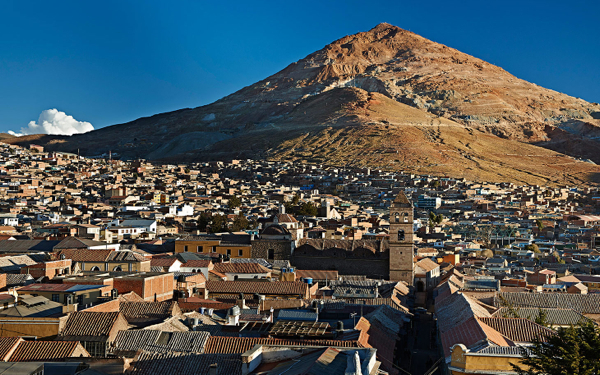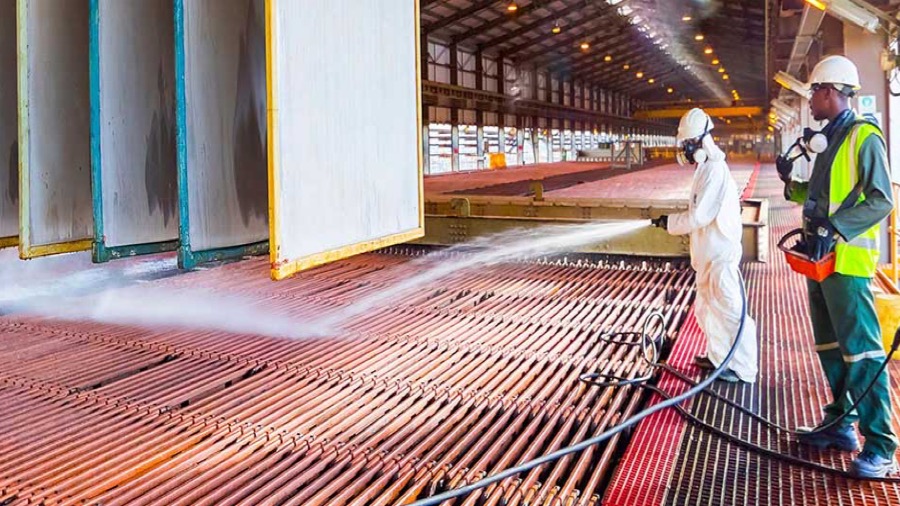Mass grave with hundreds of skeletons found in Bolivian mining town
Construction workers in the southern city of Potosi, Bolivia, have uncovered the remains of hundreds of miners believed to be from the Spanish colonial era.
They mostly mined at Cerro Rico Mountain, home to what became the world’s biggest silver mine and provided the Spanish with so much of the precious metal to ship to Europe that people used to say a bridge of pure silver could be built from the top of hill to the royal palace’s entrance in Spain.
But that boom came at an extremely high price tag — an estimated eight million miners died in Potosi alone between 1500 and 1800. What it is still unclear is how those miners met their deaths.
Some say the area was an indigenous burial ground for slaves and indentured servants who may have worked in the mines.
Another explanation could be that the remains are linked to the collapse of a reservoir in Potosi during the 17th century, which killed around 2,000 people.
“We are talking about a common grave found at about 1.8 metres, and the human remains are scattered over an area of four by four metres,” Sergio Fidel, a researcher at a museum belonging to Potosi’s Tomas Frias University, told AFP.
Deadly story
Truth is the mine has a long story of fatalities. Hundreds of thousands have died over the years, as a direct result of cave-ins, overwork, hunger and disease.
Many more may vanish soon if Bolivia’s government doesn’t do something about the safety of the place, say experts.
One of them is Nestor Rene Espinoza, who in 2012 unveiled a three-year study of the mountain, also known as “The peak that eats men.”
“Total collapse is possible,” Espinoza said then. “We hope that this does not happen in Cerro Rico.”
He is suggesting to pump tons of concrete into the 60 miles of shafts that have left the mountain hollowed out like a chunk of Swiss cheese.
However, Potosi – once one of the world’s richest cities- still relies on mining and locals are not willing to lose their only source of income.
The cone-shaped peak that once bankrolled the Spanish empire currently hosts as many as 16,000 miners at any given moment.
They are the descendants of those slaves who mined the mountain for centuries and, unlike their colleagues in most Latin American countries, they still work under brutal conditions, using nothing more than picks, hammers, shovels and brute strength.
Last month the UN’s cultural body Unesco put Potosi on its list of World Heritage Sites in danger because of “uncontrolled mining operations in the Cerro Rico Mountain that risk degrading the site”.
Image from archives.
More News
{{ commodity.name }}
{{ post.title }}
{{ post.date }}


2 Comments
jj
they make more money from tourism than from mining over there
Jean N,
Maybe so, but depends on who “they” is. There are still hundreds of children working in the mines, partly because their fathers are too ill to work from lung disease. Those families are not making money in tourism, at least not enough to live on.